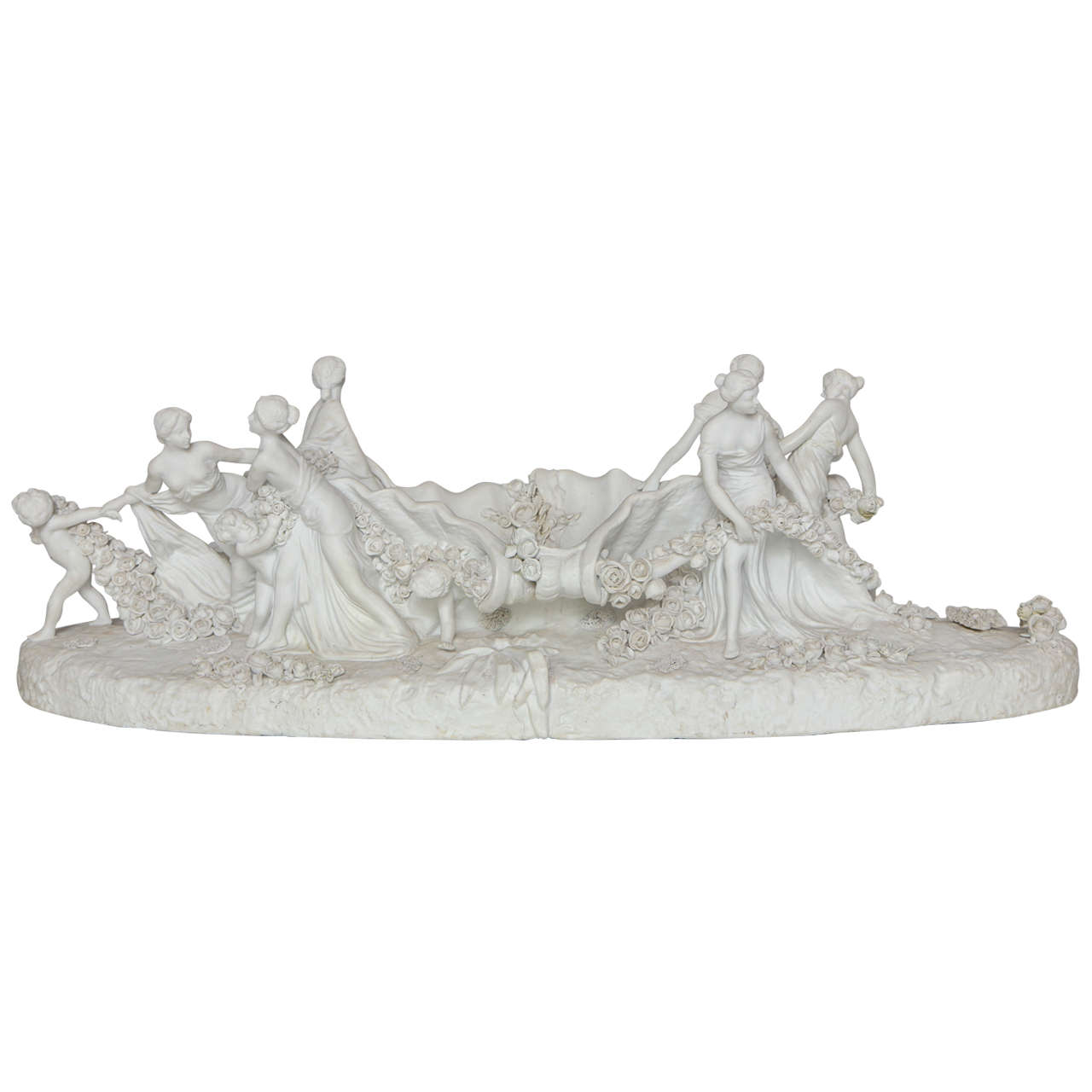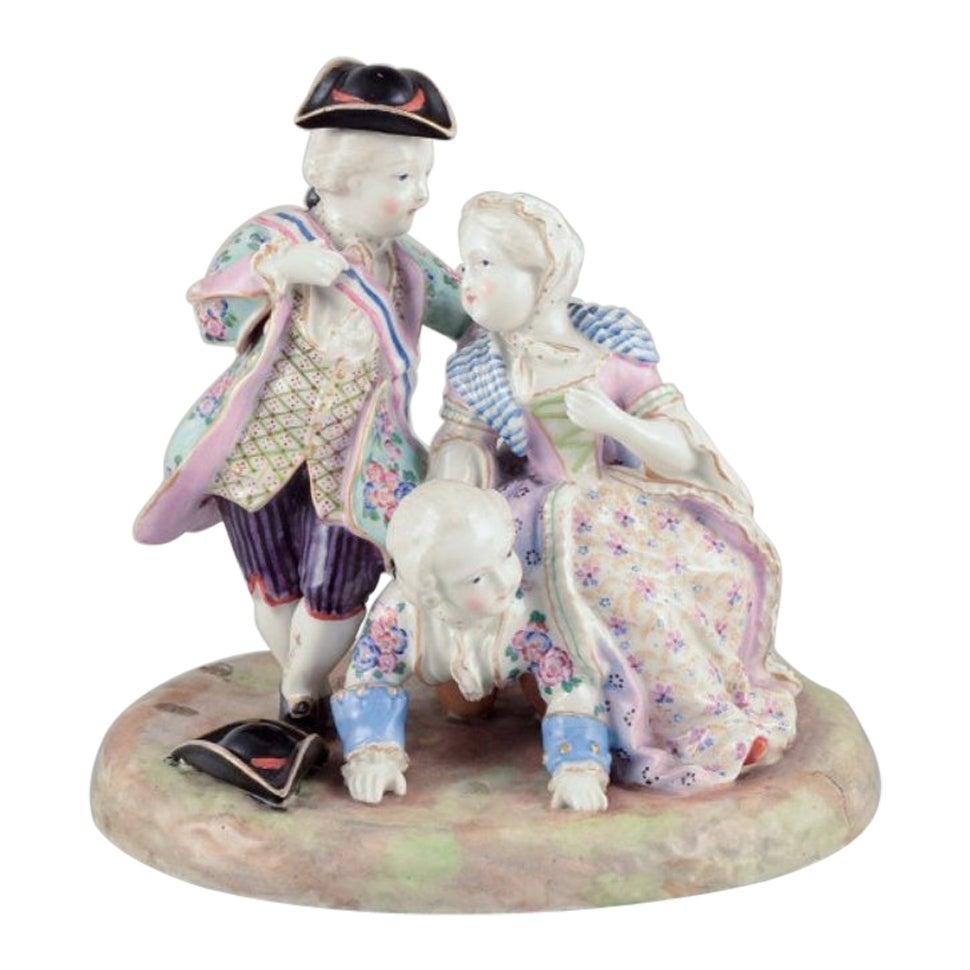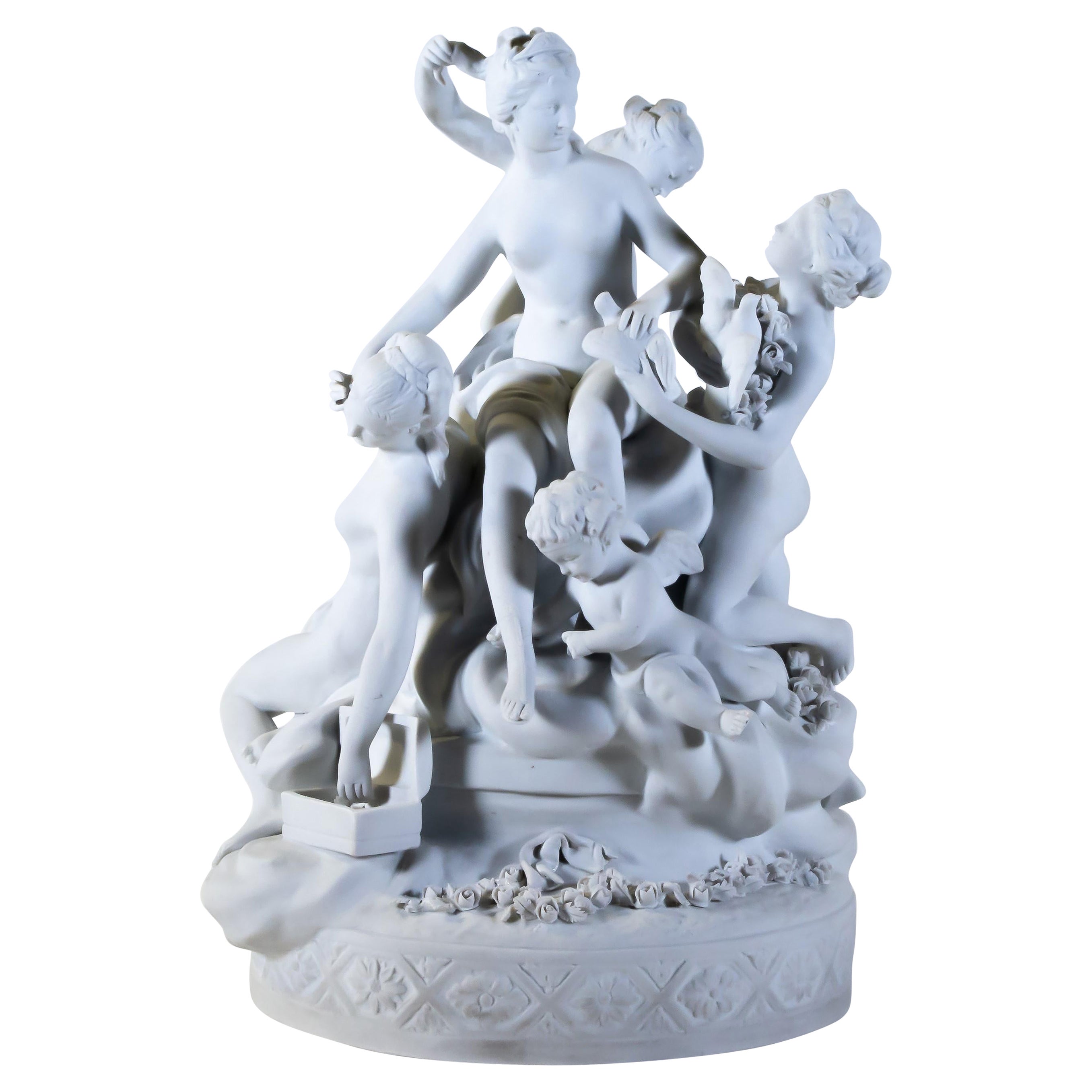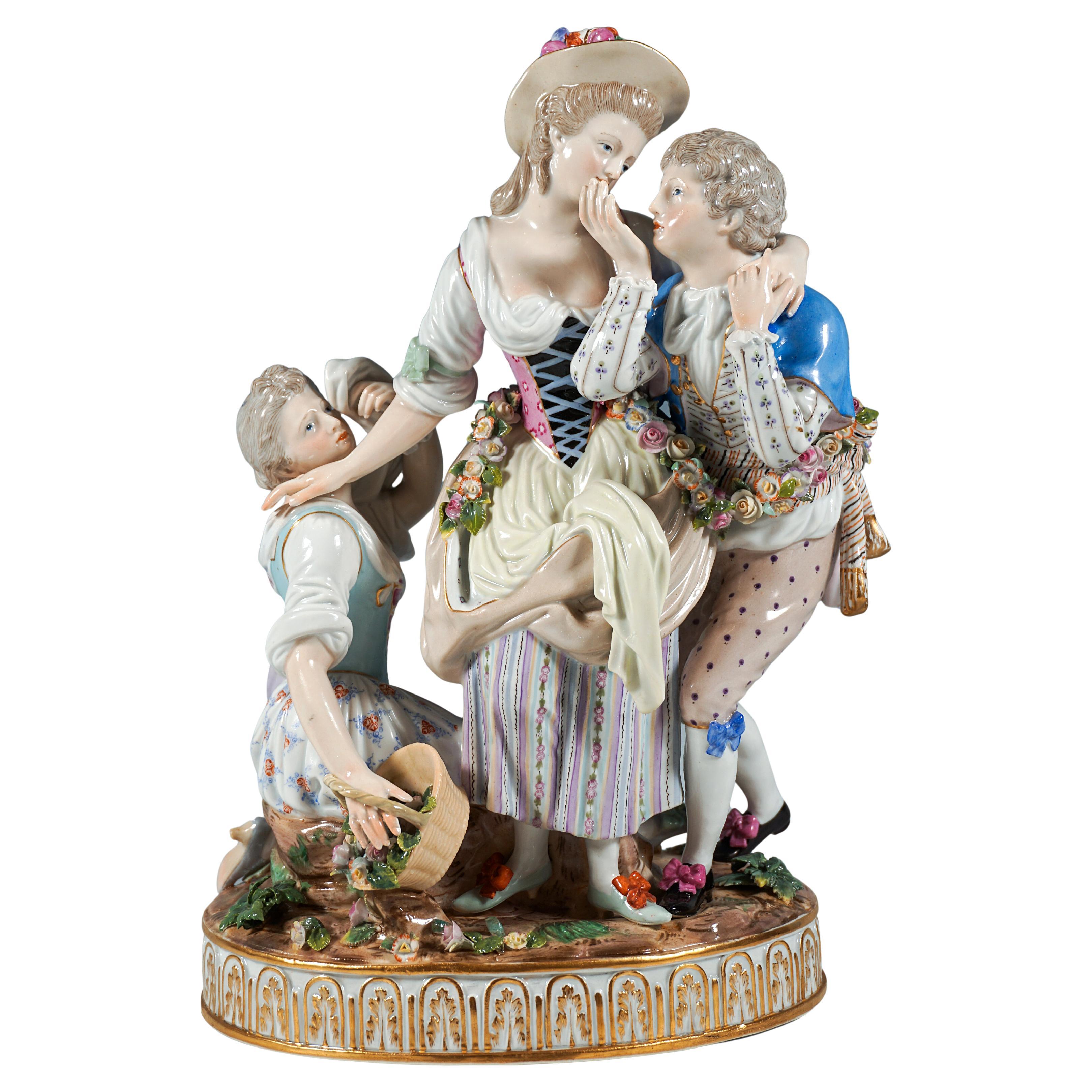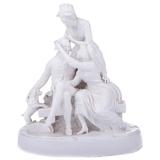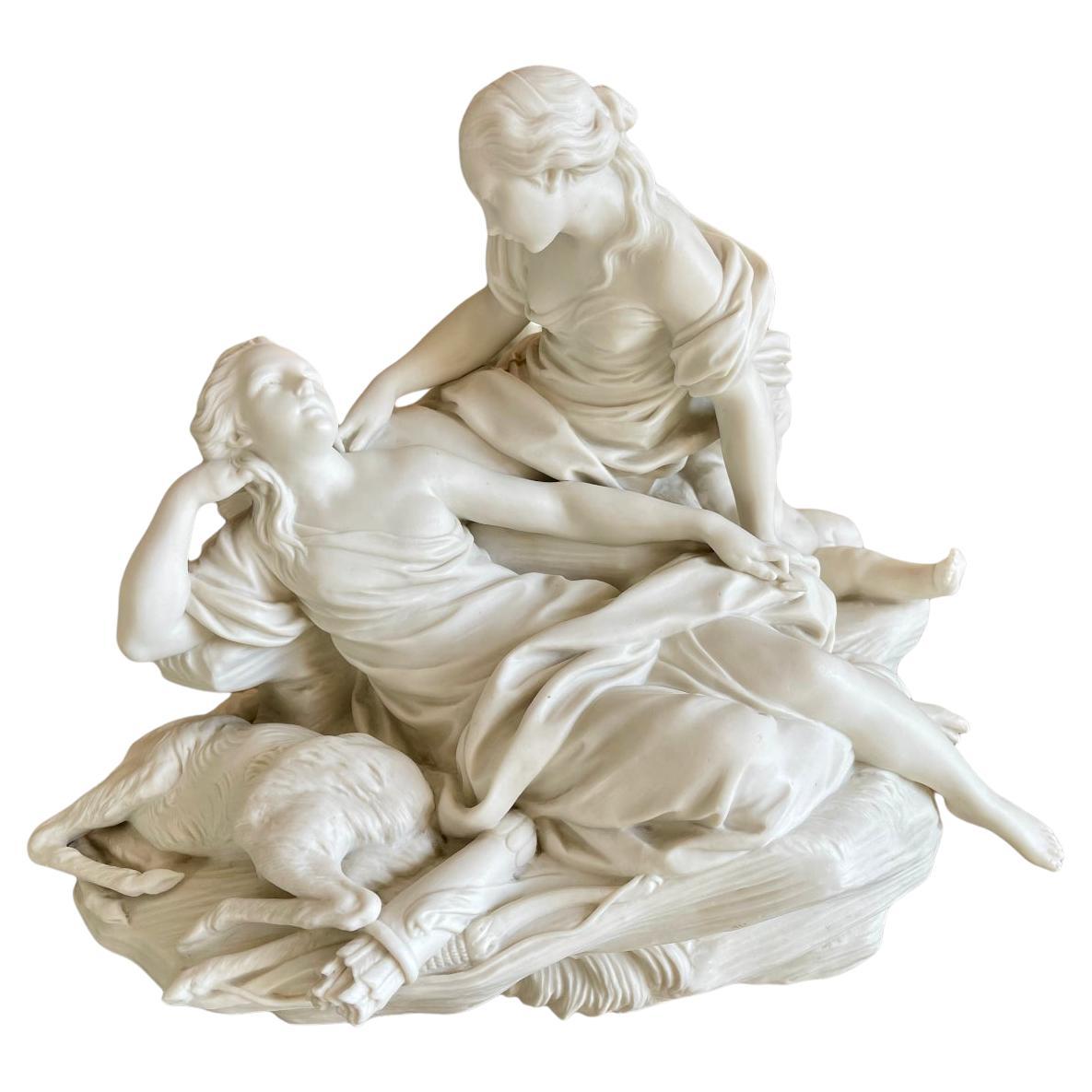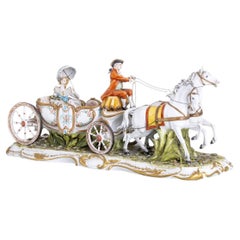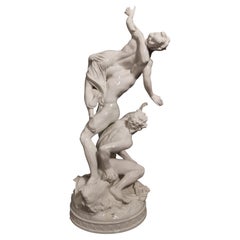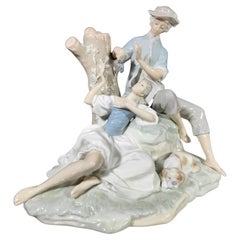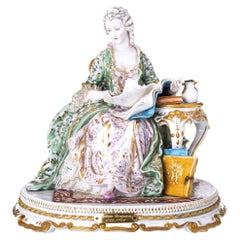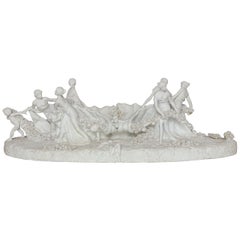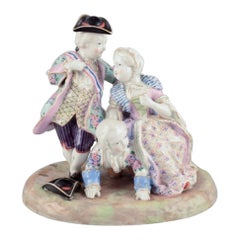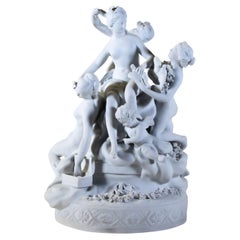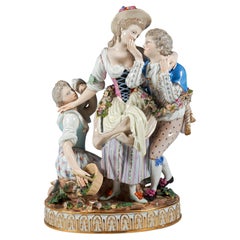Items Similar to Monumental Group in Sevres Porcelain Signed : Boucher
Video Loading
Want more images or videos?
Request additional images or videos from the seller
1 of 21
Monumental Group in Sevres Porcelain Signed : Boucher
$6,512.72
£4,887.43
€5,500
CA$9,122.52
A$10,010.60
CHF 5,183.08
MX$119,835.06
NOK 65,027
SEK 61,177.89
DKK 41,904.16
About the Item
Monumental Group In Sevres Porcelain Signed:Boucher
MONUMENTAL GROUP IN SEVRES PORCELAIN SIGNED SPECTACULAR GROUP IN FRENCH PORCELAIN BISCUIT FROM THE HOUSE OF SEVRES SIGNED BY THE ARTIST XIX CENTURY, IN VERY GOOD CONDITION IN GENERAL MEASURES 73X35X33 CM.
- Dimensions:Height: 13.78 in (35 cm)Width: 28.75 in (73 cm)Depth: 12.6 in (32 cm)
- Materials and Techniques:
- Period:
- Date of Manufacture:1800
- Condition:
- Seller Location:Madrid, ES
- Reference Number:1stDibs: LU5779234759962
About the Seller
4.8
Platinum Seller
Premium sellers with a 4.7+ rating and 24-hour response times
Established in 2005
1stDibs seller since 2021
380 sales on 1stDibs
Typical response time: 1 hour
- ShippingRetrieving quote...Shipping from: Madrid, Spain
- Return Policy
Authenticity Guarantee
In the unlikely event there’s an issue with an item’s authenticity, contact us within 1 year for a full refund. DetailsMoney-Back Guarantee
If your item is not as described, is damaged in transit, or does not arrive, contact us within 7 days for a full refund. Details24-Hour Cancellation
You have a 24-hour grace period in which to reconsider your purchase, with no questions asked.Vetted Professional Sellers
Our world-class sellers must adhere to strict standards for service and quality, maintaining the integrity of our listings.Price-Match Guarantee
If you find that a seller listed the same item for a lower price elsewhere, we’ll match it.Trusted Global Delivery
Our best-in-class carrier network provides specialized shipping options worldwide, including custom delivery.More From This Seller
View AllItalian Sculptory Group Tiche 20th Century Limited Edition
By Tiche, Porcelaine d'arte Milano
Located in Madrid, ES
ITALIANO SCULPTORY GROUP TICHE 20th Century Limited Edition
"Chariot with Horses".
limited edition piece with the N.37.
Gilded and relief pol...
Category
Early 20th Century Italian Modern Figurative Sculptures
Materials
Porcelain
Italian Porcelain 19th Century "Rape off a Sabine"
Located in Madrid, ES
A group of porcelain
19th century
Rape of a sabine
77 cm high.
Italian porcelain.
Category
Antique 19th Century Italian Baroque Animal Sculptures
Materials
Porcelain
Romantic Lladro Porcelain Sculpture
Located in Madrid, ES
Elegant romantic sculpture with 2 characters dressed from the 1900s era of lladro porcelain made in the 1970s. Discontinued. Perfect condition. Measures: 30x30x29 cm.
The Lladró fac...
Category
Vintage 1970s Figurative Sculptures
Materials
Porcelain
Madame Pompadour 20th Century Tiche Porcelain
By Tiche, Porcelaine d'arte Milano
Located in Madrid, ES
Madame Pompadour (1721-1764) 20th century Tiche Porcelain
Italian sculptural group in molded and relief porcelain by Tiche.
Polychrome and gilded d...
Category
Early 20th Century Italian Modern Figurative Sculptures
Materials
Porcelain
Large 19th-Century German Porcelain Centerpiece with Gilt Bronze Mounts
Located in Madrid, ES
This exceptional 19th-century German porcelain centerpiece is a magnificent example of European artistry and craftsmanship. Mounted on fin...
Category
Antique 1880s Vases
Materials
Porcelain
Beautiful Italian Ceramics Plate from the 19th Century " Mythological Scene "
Located in Madrid, ES
Beautiful Italian Ceramics Plate from the 19th Century
Plate with large fire decoration in the center of a mythological scene and on the side a frieze of interlacing, mask, grotesque...
Category
Antique 19th Century Italian Baroque Ceramics
Materials
Ceramic
You May Also Like
Large White Bisque Sevres Porcelain Figural Centerpiece of Woman and Children
Located in New York, NY
Large white bisque sevres porcelain figural centerpiece of woman and children. The women and children use the garlands of flower to pull the giant seashell...
Category
Antique 19th Century French Louis XVI Porcelain
Materials
Sèvres
Meissen. Large and impressive porcelain group of noble figures. Gallant scene
Located in København, Copenhagen
Meissen, Germany.
Large and impressive porcelain group of the noble figures. Gallant scene
19th century.
Overglaze.
Model number 1449.
Marked.
First factory quality.
In good conditio...
Category
Antique 19th Century German Rococo Revival Figurative Sculptures
Materials
Porcelain
Sevres Bisque Porcelain Neoclassical Grouping of a Maiden and Her Attendants
By Cristalleries De Sevres
Located in New York, NY
A 19th century antique Louis XVI style French Sevres Bisque Porcelain neoclassical Grouping of a Maiden and her Attendants. In the center is th...
Category
Antique 1890s French Louis XVI Figurative Sculptures
Materials
Porcelain
Meissen Rococo Group 'The Decisive Choice' by J.C. Schoenheit, around 1870
By Johann Carl Schoenheit, Meissen Porcelain
Located in Vienna, AT
Elaborate large porcelain group of the 19th century:
In the centre of the group of three, the chosen one, with a feathered hat and a flower garland around her hips, which also encirc...
Category
Antique Mid-19th Century German Rococo Porcelain
Materials
Porcelain
Early 19th Century Capodimonte Figural Group
Located in Dublin 8, IE
Early 19th century Capodimonte lively figural group of two women tending to a gentleman’s hair with playful little dog, circa 1820.
Category
Antique 1820s Irish Porcelain
Materials
Porcelain
According To FALCONET - Biscuit, The Hunt
By Manufacture Nationale de Sèvres, Étienne Maurice Falconet
Located in Beaune, FR
Biscuit subject representing "Hunting" model created by Étienne Maurice Falconet. Here Diana, Roman goddess of the hunt, is represented lying on an irregular rock base, in conversati...
Category
Antique 19th Century French Porcelain
Materials
Porcelain
More Ways To Browse
Sevres Boucher
Vintage French Coffee Pot
1 Gold And Blue Coffee Cup Saucer
18th Century Swan
Antique Chocolate Cup
Cobalt Cup
Derby Chelsea
English Dessert Service
Flow Blue Porcelain
French Porcelain Pillivuyt
Gold Fish Porcelain
Hutschenreuther Plates
Japanese Kutani Ware
Limoges Cup And Saucer
Pink Saucers
Porcelain Lomonosov
Queen Victoria Silver
Reticulated Silver Basket
